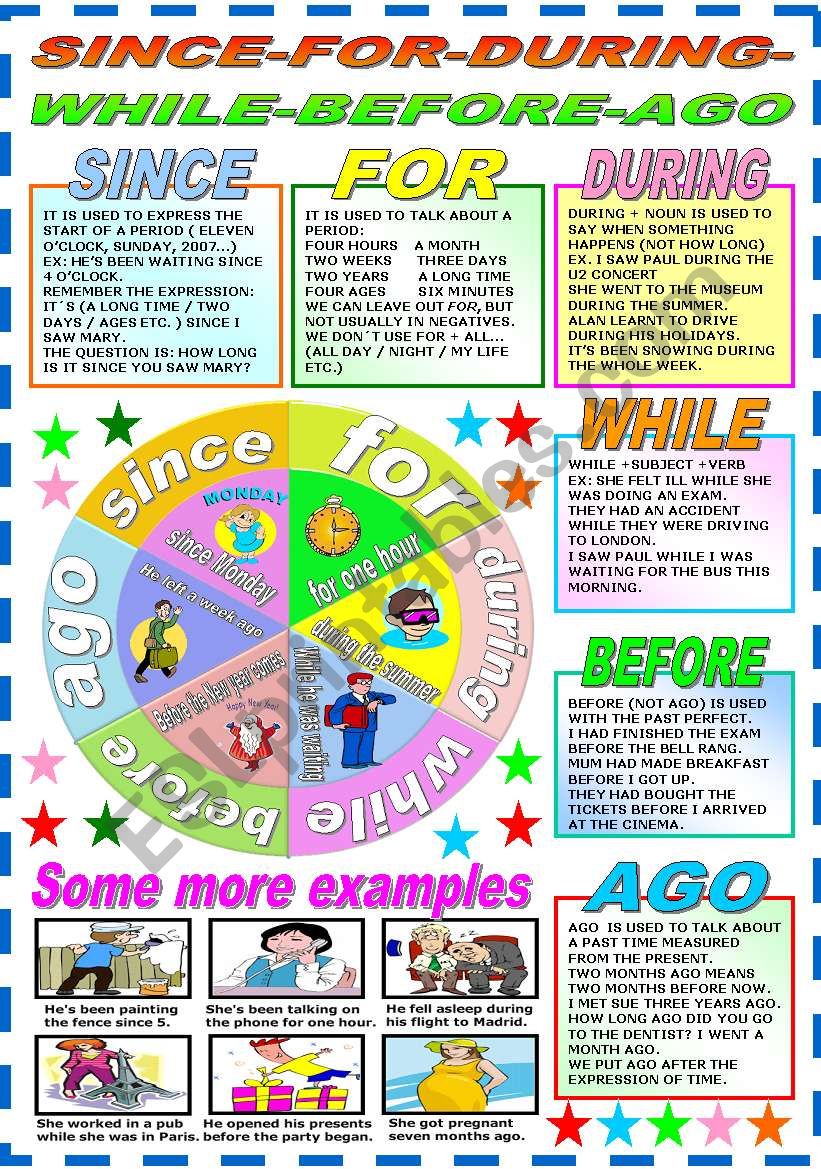"Simple past" formationCategory

Functions of the "simple past"
1. The "simple past" is used to talk about an action that concluded in a time before the current one.
What is an irregular verbs?
is one that conforms to the usual rule for forming its simple past tense and its past participle.
What is the definition of irregular verbs?
An irregular verb is a type of verb that does not follow the general rule of using “-ed” at the end of the word to make the past tense or the past participle form. It means the spellings of an irregular verb can be tricky, and may follow a different pattern.
What is an affirmative sentence in past tense?
Sujeto + raíz + ed I skipped.

How is an Affirmative sentence constructed?
- I was in Japan last year
- She had a headache yesterday.
- We did our homework last night.

what are the frequencies?
often, sometimes, always I sometimes walked home at lunchtime. I often brought my lunch to school.
What are the regular verbs?
Most verbs are regular verbs. Regular verbs are those whose past tense and past participles are formed by adding a -d or an -ed to the end of the verb. "To roll" is a good example of a regular verb: roll, rolled, rolled.

What is the common use of the irregular verb?
Here, the verbs “flew, felt, came, caught, drew, and bit” have used past tense to represent what happened in past.

 What is affirmative negative and interrogative?
What is affirmative negative and interrogative?
Affirmative, interrogative and negative form. à Verbs in English come in three main categories: the affirmative, the negative, and the interrogative. The affirmative= asserting that something is true or valid. The negative= a reply denying something. The interrogative= asking a question.

What are the determined times ?
last week, when I was a child, yesterday, six weeks ago
 What is difference between regular and irregular verb?
What is difference between regular and irregular verb?
All verbs, whether regular or irregular, have five forms
the difference between a regular and an irregular verb is the formation of the simple past and past participle. Regular verbs are dependably consistent—the simple past ends in ed as does the past participle.
what is the function of the irregular verb?
An irregular verb plays the same role that other types of verb play; that is to tell about the subject doing an action. It expresses a relationship with time, like what happened at which time, which means telling about action that happened in the near of far past, and not about the present or the future time.

 What is affirmative and negative?
What is affirmative and negative? What are the undetermined?
What are the undetermined?
the other day, ages ago, a long time ago

What are the grammar rules of regular verbs?
A regular verb is one that conforms to the usual rule for forming its simple past tense and its past participle. In English, the "usual" rule is to add -ed or -d to the base form of the verb to create the past forms
“He said Roadmap Jenkins got the good loops because he knew the yardage and read the break better than anyone else.”
What is the explanation of this example?
has used two irregular verbs “knew, and read” as underlined. 
 What is past simple regular verbs?
What is past simple regular verbs?
